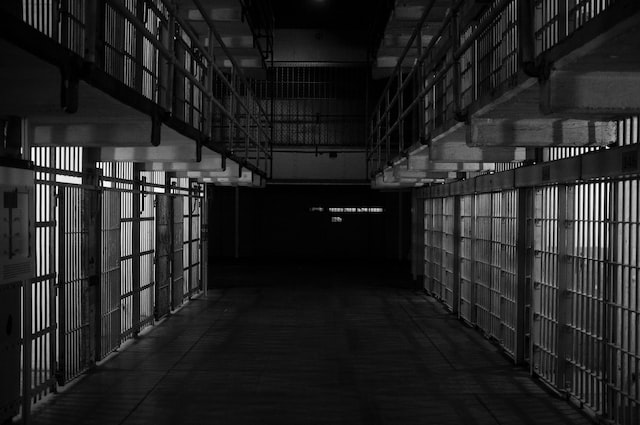Generally, to obtain the death penalty in federal cases, the defendant must be charged with an offense for which the death penalty is authorized by statute. The government must also prove that the defendant intended or had high guilt for the victim’s death and that one or more aggravating factors were present in the statutory list.
Many prosecutors, judges, and defense attorneys have severe concerns about capital punishment, believing it disproportionally punishes minorities or those with limited resources and opportunities to obtain legal representation. In addition, there is evidence that the death penalty can lead to grossly unfair trials and a lack of adequate legal representation for defendants.
Several states have implemented stricter requirements for evaluating potential capital cases in the last decade. In addition, the US Department of Justice has been actively reviewing its federal capital case procedures to determine whether they are fair to all potential capital defendants.
Several nonprofit groups have worked to overturn the death sentences of wrongfully convicted people since the early 1970s, winning 123 cases in recent years. In addition, they made death row information available. However, in many cases, those sentenced to die were condemned for heinous crimes with torture-tainted evidence and unfair trials. They could also not obtain adequate legal representation before they were sentenced to death. The human rights violations inflicted on death-row inmates require immediate attention.
Inmates on Death Row
Inmates on Death Row are convicted of a crime and sentenced to die. They are often subjected to harsh incarceration conditions and unable to see family or friends during their final days, but they can still impact public opinion.
In the United States, more than 2,414 inmates are on death row at any time. Their numbers fluctuate with new convictions, appellate decisions overturning their sentences alone, commutations, and executions.
Currently, 27 states and the federal government still employ the death penalty as a punishment for many crimes, including drug-related offenses, terrorism-related offenses, and murder. While capital punishment may deter some crimes, it does not prevent many others, and its flaws have led to racial discrimination in sentencing.
The most common reason people end up on death row is a wrongful conviction.
Most of these inmates remain on death row while they pursue appeals and habeas corpus proceedings that can take decades to complete.
Inmates on Death Watch
Inmates on death watch are escorted in handcuffs and counted at least once an hour. They are not allowed to move outside their cells, visit the exercise yard, or shower unless they receive a death warrant, and they must remain in their cells until escorted to the execution chamber.
The inmates on death watch are usually convicted of capital murder and must wait until the judge signs a death sentence and a death warrant is issued. However, these offenders may remain on death row during appeals and other legal proceedings.
During these lengthy procedures, prisoners are often held in solitary confinement without adequate health care and in conditions that can be extremely harsh. Moreover, a growing body of psychiatric studies suggests that solitary confinement can have lasting physical and mental effects, particularly for those with mental illnesses.
Inmates in Their Cells
Death row inmates are condemned by a court and sentenced to die as punishment for a crime they have committed. Then, they await the execution of their sentence, a painful and dehumanizing process.
Inmates on death row face an inhumane prison environment that can cause long-term mental health issues, and many of them have been deprived of access to their right to legal representation or medical care. In addition, they have little or no social interaction with others and are subjected to unsanitary conditions and extreme isolation.
This inhumane situation is exacerbated by various circumstances that affect the lives of those on death row, including racial bias and socio-economic disadvantage. For example, minorities and members of the LGBTQI community are more likely to be charged with a capital offense and to receive a death sentence than whites.
The conditions on death row vary from “supermax” facilities that place prisoners in solitary confinement for prolonged periods to unsanitary and overcrowded prisons that deprive them of their essential needs. They are also subjected to a lengthy legal appeals process and are convicted in grossly unfair trials based on torture-tainted evidence or with inadequate legal representation.
Inmates in Their Yard
Inmates can leave their cells thrice daily for meals at long rectangular cafeteria tables. They are also entitled to leave their cell for ten-minute showers three times a week.
Each inmate has a two-person cell equipped with bunk beds, sleeping pads, and a toilet and sink. A small built-in desk and a narrow vertical window provide some natural light.
The cells are surrounded by a fence that protects inmates from stray dogs, cats, birds, and other animals who might try to get into the cells. Inmates can also watch TV, participate in video visits and hang out in a 260-ft.-by-260-ft. Outdoor recreation yard five days a week.

